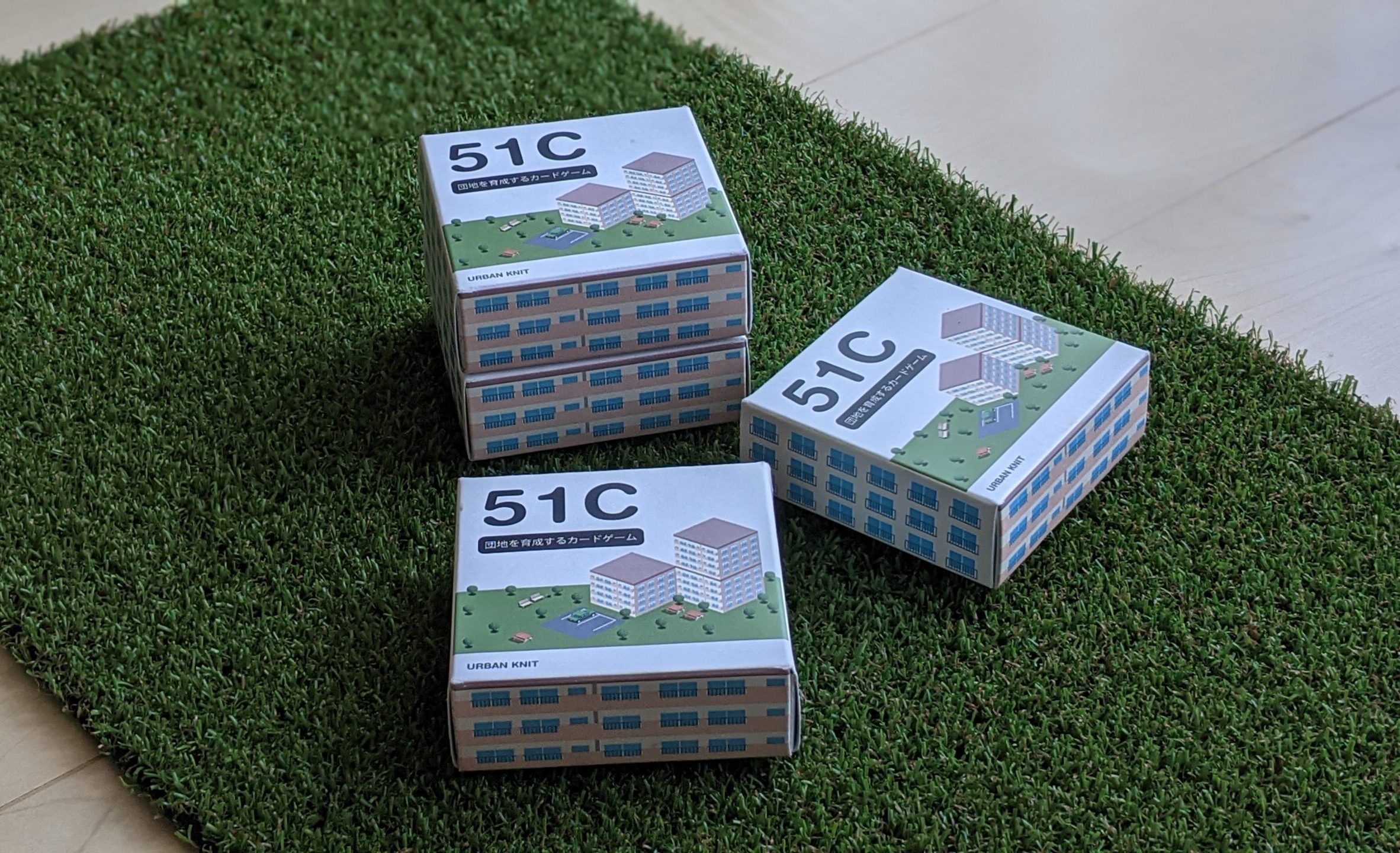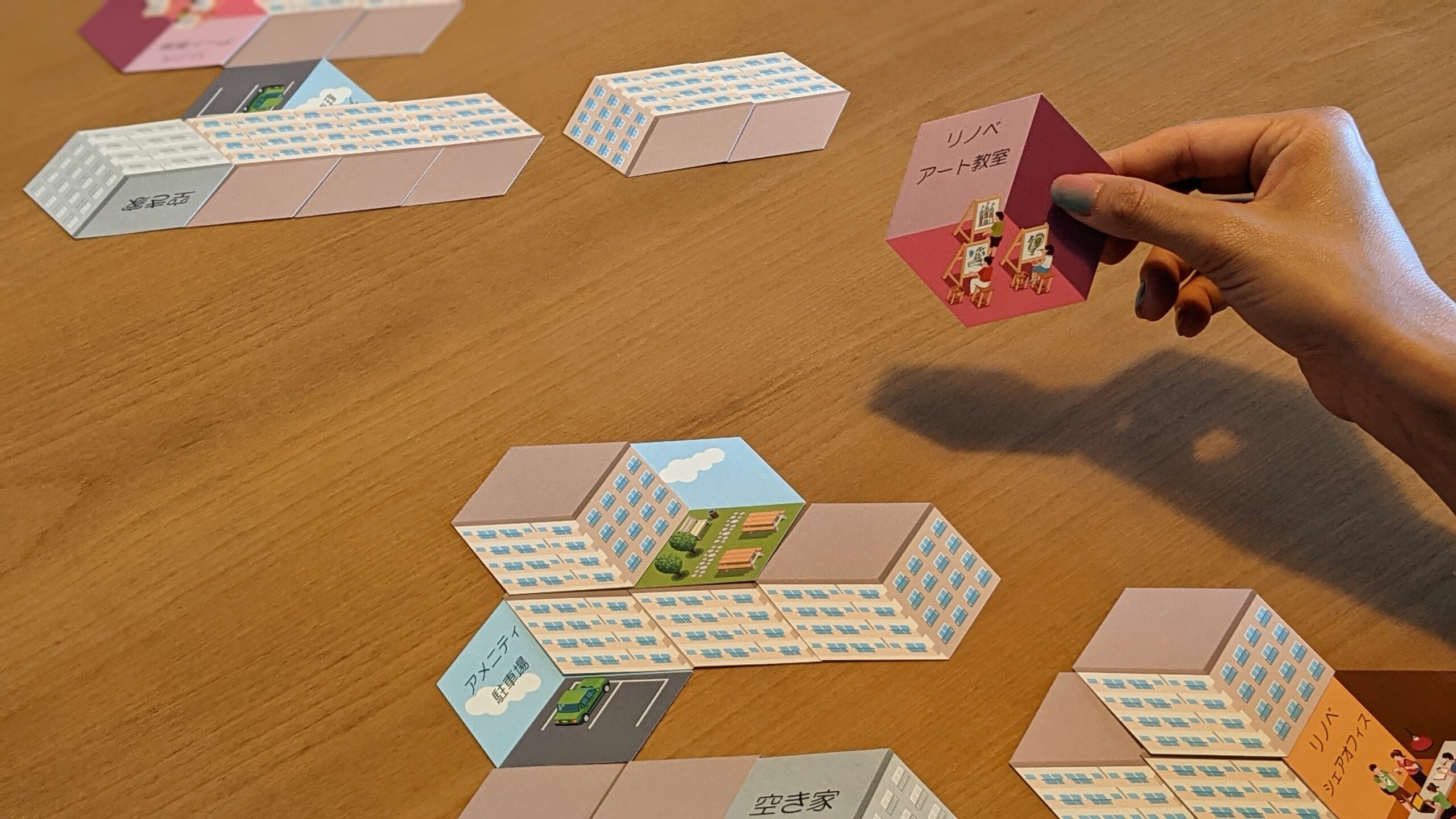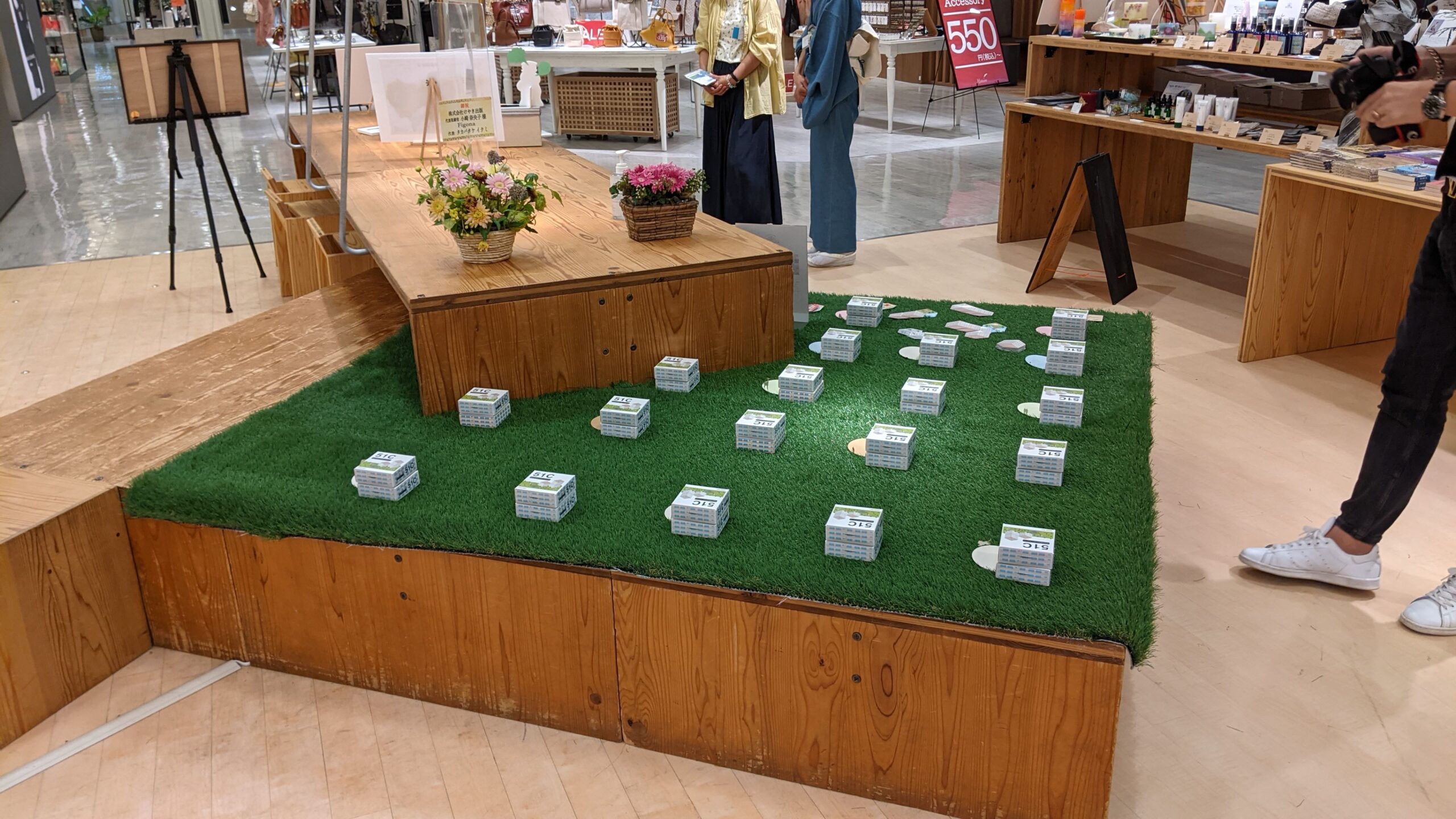A card game for exploring strategies of revitalizing aging Japanese affordable housings

Japan’s post-war housing estates (“danchi”) are now facing rapid aging, vacancies, and the erosion of local communities. Conventional regeneration is often discussed through master plans and top-down policy documents, where complex trade-offs between residents, local governments, and developers are flattened into a single drawing or report. With 51C, I wanted to reframe danchi regeneration as a multi-stakeholder, dynamic system that people can literally hold in their hands, negotiate over, and rethink together. The title 51C comes from one of the earliest standardized danchi floor-plan types, “Type 51C,” which symbolized post-war mass housing in Japan.

51C is a turn-based card game that models the long-term process of housing estate regeneration. Each player assumes a role—such as residents’ association, municipal government, or private developer—and makes decisions under constraints of budget, demographics, and community well-being. Instead of presenting “the right solution,” the game is designed to surface competing values: preserving affordability vs. upgrading building performance, short-term financial return vs. long-term social cohesion, or incremental renovation vs. full redevelopment.

The game system is built from several card types that represent key interventions and conditions in danchi life: Renovation, Rebuilding, Community Programs, Social Services, Commercial Activation, and Policy Changes. Additional condition cards introduce shocks such as population decline, new child-care demand, or infrastructure aging. Players combine these cards over multiple rounds to construct regeneration strategies, while tracking indicators such as population mix, vacancy rate, financial balance, and community satisfaction. The core design question was how to encode real urban trade-offs into simple mechanics that still remain playable and enjoyable.

I prototyped 51C through multiple paper iterations and small playtests with architects, planners, and non-experts. Early versions overloaded players with quantitative parameters, so I gradually shifted toward simpler metrics and more narrative prompts, allowing conversations around the table to carry part of the complexity. Once the rules and card set stabilized, I produced a limited physical edition and sold it for a fixed period via an online shop and pop-up events. This small-scale publication was important for me to test whether people outside the immediate design community would voluntarily engage with the topic through play.
The most valuable outcome was not who “won” the game, but the discussions it triggered. Players often paused to argue about what a “successful” estate should look like—Is it more important to attract young families, or to enable elderly residents to age in place? Is demolishing and rebuilding an act of progress or displacement? I observed that the game helped participants see danchi not only as obsolete infrastructure but as a social and spatial resource whose value depends on how it is collectively reimagined.

Working on 51C shaped my broader practice of treating cities as playable systems rather than static plans. The experience of encoding urban dynamics into turn-based mechanics directly informs my current work on urban climate simulations and shade-aware navigation tools: in both cases, I design interactive systems that allow people to test scenarios, reveal hidden externalities, and negotiate between conflicting values. 51C is an early but important step in this trajectory—using game design as a medium to rethink how we talk about, plan, and inhabit our shared urban futures.
